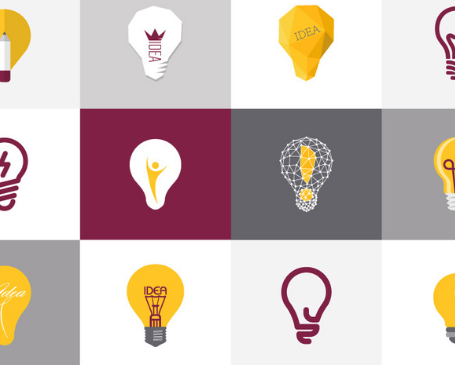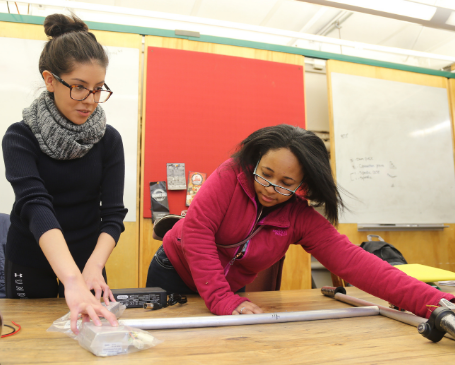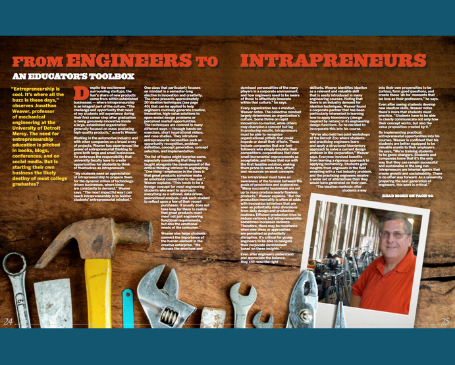From Engineers to Intrapreneurs
An Educator’s Toolbox

From Engineers to Intrapreneurs – An Educator’s Toolbox
by KFF Staff, April 21, 2016. Excerpt from this KEEN'zine article.
“Entrepreneurship is cool. It’s where all the buzz is these days,” observes Jonathan Weaver, professor of mechanical engineering at the University of Detroit Mercy.
The need for entrepreneurship education is pitched in books, blogs, conferences, and on social media. But is starting their own business the likely destiny of most college graduates?
Despite the excitement surrounding startups, the lion’s share of new products come from within established businesses — where intrapreneurship is an integral part of the culture.
“The challenge and opportunity that most of my students will experience during their first career step after graduation is being genuinely innovative inside a large, established organization generally focused on mass producing high-quality products,” asserts Weaver.
“The most impactful way I can teach intrapreneurship is to bolster students’ entrepreneurial mindset.”

Working in the automotive industry and with other companies on a broad array of projects, Weaver has experienced the power of entrepreneurial thinking to grow both large and small businesses. He embraces the responsibility that university faculty have to create opportunities for students to think of themselves as intrapreneurs.
“My students need an appreciation of intrapreneurship to prepare them for the dynamic milieu of technology driven businesses, where ideas are constantly in demand,” Weaver says.
One class that particularly focuses on mindset is a semester-long elective in innovation and creativity. The class presents approximately 20 ideation techniques that can be applied to help engineers routinely generate creative, innovative, high-value solutions to open-ended design problems or perceived market opportunities.
The techniques are covered in many different ways — through hands-on exercises, short inspirational videos, and case studies. They introduce entrepreneurial necessities such as opportunity recognition, problem definition, concept generation, concept selection, and implementation.

The Ideation Toolkit
The list of topics might surprise some, especially considering that they are taught alongside the development of the critical thinking intrinsic to engineering.
“One thing I emphasize in the class is that great products somehow make an emotional connection to the user,” Weaver explains. “This tends to be a foreign concept for most engineering students who want to approach everything as a rational, data driven, unemotional analysis.
"I ask each student to reflect upon a few of their recent purchases. It usually does not take long for them to realize that great products must meet not just engineering functional requirements, but also the emotional needs of the consumer.”
Weaver also helps students connect the importance of the human element in the creative enterprise. “We discuss the emotions and dominant personalities of the many players in a corporate environment, and how engineers need to be aware of those to effectively innovate within that culture,” he says.
"Every organization has a mindset. The collective mindset largely determines an organization’s culture."
Some cultures may thrive on rapid innovation-to-market, while others may champion a concept but lag in producing results. Intrapreneurs must be able to recognize organizational pitfalls that could impede or derail their efforts. These include companies that are fast followers who simply emulate their competitors; corporations that view small incremental improvements as acceptable; and those that run with the first feasible solution, making them prone to waste time, effort, and resources on weak concepts.
Read the full article in the complimentary KEEN'zine linked here.

Search All Stories

Discover more ideas, opportunities, and actionable take-aways!